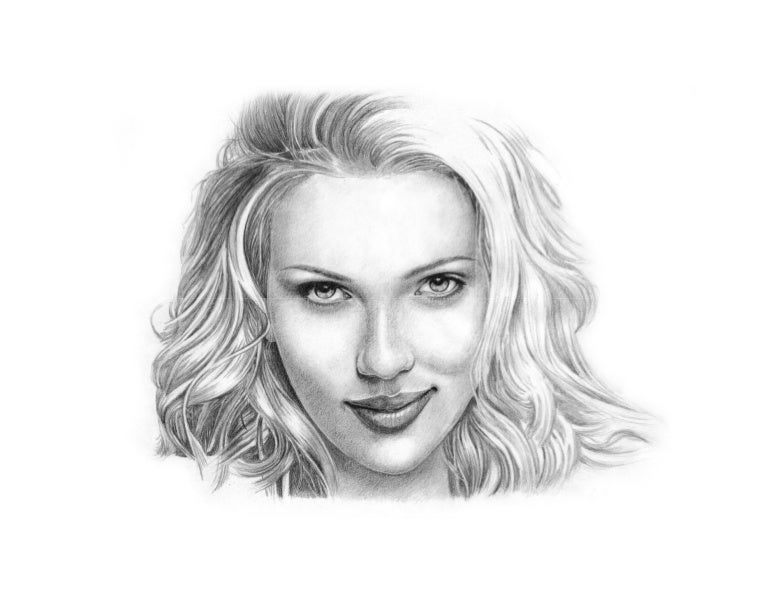
That means you begin with the BIG shape, the arabesque. In portrait drawing and painting the tried and true traditional process is to work from the outside in.

Adding detail is a time-consuming process as you will need to carefully observe the fine detail of the individual features and you progressively add more detail to your drawing.Michael Britton, Minh, 2021, Oil on Panel, 11 x 14" The next stage is to add tone and shading to the features of the face, the neck, jaw, and hair.
#Portrait drawing for beginners professional#
Begin to add Subtle Detail to the Various Featuresĭrawing the features of the face as mentioned earlier in this post can be achieved quite quickly by a professional artist who is practiced in the art of portraiture. The same finely draw the line can be applied to draw the hairs above the eyes and the eyelashes themselves when you reach the stage of adding subtle detail to your portrait. Quickly draw fine lines will help you create the impression of fine flowing hairs. Shadow and tone can be added to the spaces in between.įocus on the type of mark you are drawing and the pencil marks you are creating. Draw with the long flowing line to draw the hair. The hair is one aspect of portraiture which will help you develop the character of the person you are attempting the depict. The imaginary fringe line is halfway down between the eye level and the top of the ellipse. This will begin to develop the form of the face and head beyond what is at this point a two-dimensional linear representation of the face.īefore you attempt to you draw the hair establish the hairline, remembering that the top of the oval is the crown of the head or skull bone. You may wish to add shading and tone to represent the cast shadows which is created by the head on the neck. From these points drawn on both sides of the jaw, you can represent the neck. Add the Neck and Earsĭrawing the neck is quite a simple method and the simplest way to instantly illustrate a mark which is level with the mouth on the jawline. For visual reference double check the proportions of all of the features drawn at this stage. The next stage is to draw the jawline, most of the time the jawline will not be in extract the same place and the underlying oval construction line that you drew earlier. For instance, some people will have rounded jawline, and some individual will have a more chiseled looking face. The jaw is a bone structure which can on some people define the shape of the head and face. If you are applying tone at a later stage, this will help you apply shadows.

#Portrait drawing for beginners full#
Remember is this a full lip or a long thin feature, Try to draw will as much accuracy as possible while still retaining faint lines.Ī straightforward way to draw the nose is to draw three tiny circular shapes and then draw the nostrils and point of the nose around them. For a beginner, I would suggest that you begin by drawing a closed mouth. You can now begin to add a more definite amount of detail to the portrait by drawing the outline of the nose and mouth.

Measure the point on the Bottom Half of the Faceĭouble check all of the proportions are correct and measure the spaces with your pencils by visually comparing the areas on your drawing with what you can actually see in front of you.


 0 kommentar(er)
0 kommentar(er)
